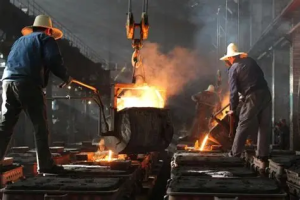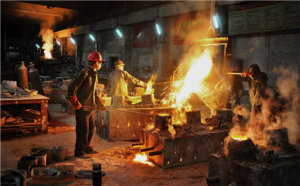Casting: The Core Process of Metal Liquid Forming
1. Introduction to Casting
Casting is a basic process where molten metal is poured into a mold and cooled to form parts. It can produce complex internal cavity components, applicable to almost all metals such as cast iron and cast steel. Cast iron is widely used due to its good fluidity and low cost.
2. Main Process Types
2.1 Sand Casting
Molds are made of sand, and molten metal is poured in to form parts, including green sand molds and dry sand molds, used for machine tool beds and engine blocks.
2.2 Precision Casting
High-precision parts are produced using precise patterns and refractory shells, such as investment casting, which makes smooth, accurate and complex parts, reducing subsequent processing.
2.3 Special Casting
Special molds or processes are used, such as pressure casting, centrifugal casting and permanent mold casting, to meet specific performance or structural requirements.
3. Technical Advantages
Strong forming ability for complex internal cavity parts; high material utilization; wide adaptability, not limited by part size and weight; low cost, suitable for mass production of complex parts.
4. Industrial Applications
Automotive: engine blocks, gears; aerospace: engine blades, casings; construction machinery: excavator components; rail transit: wheels, axles; power equipment: water turbine runners, etc.


